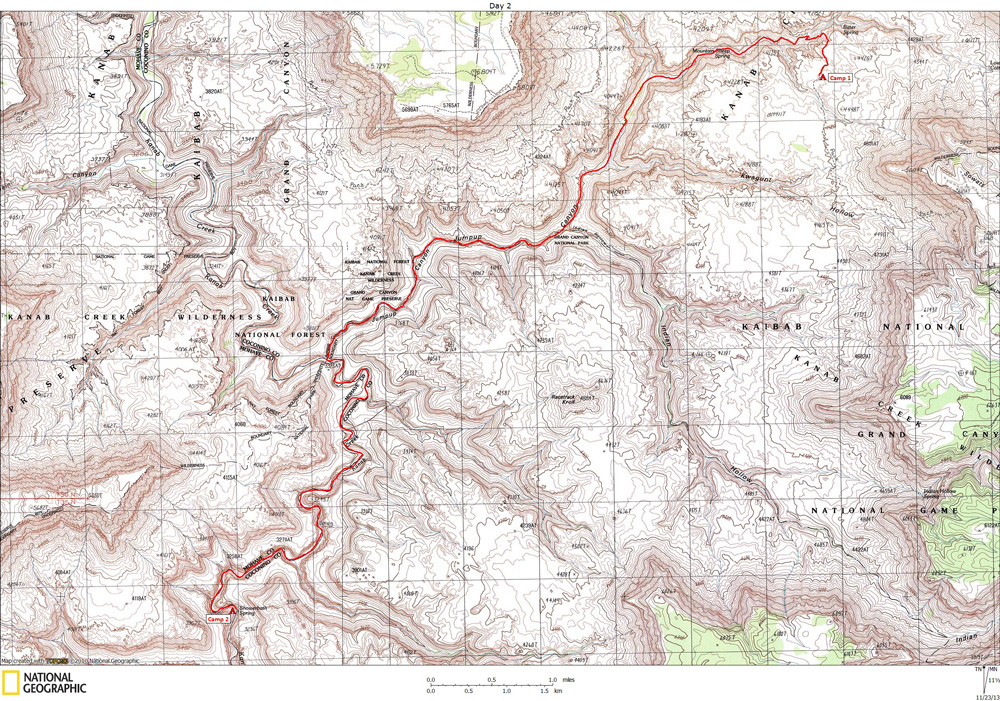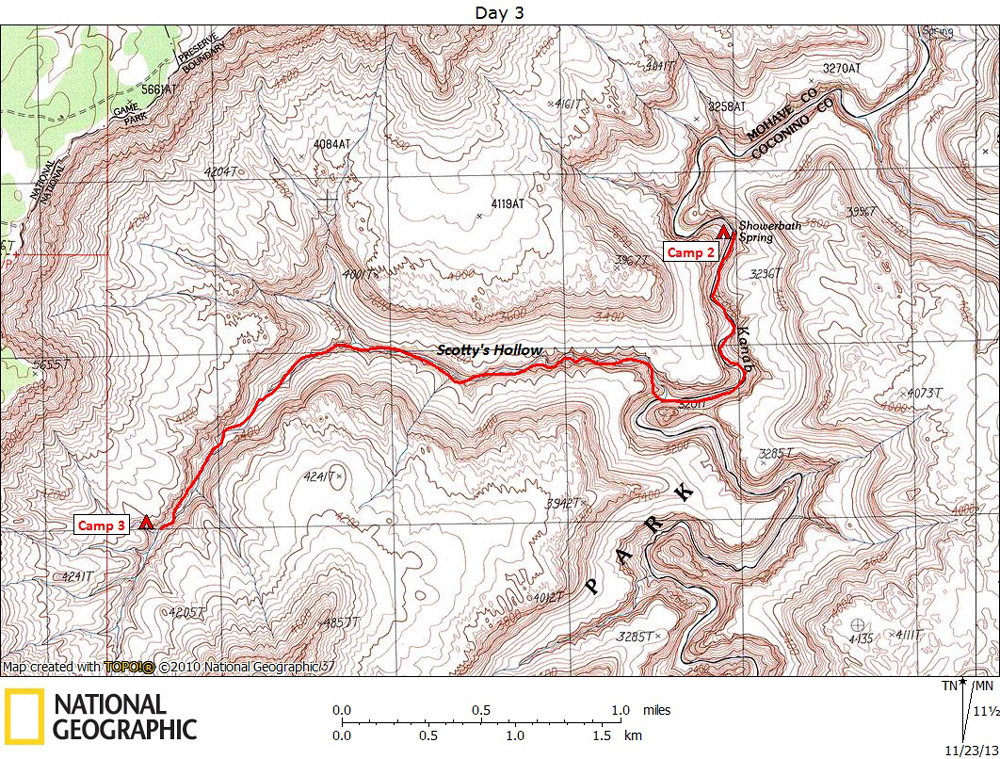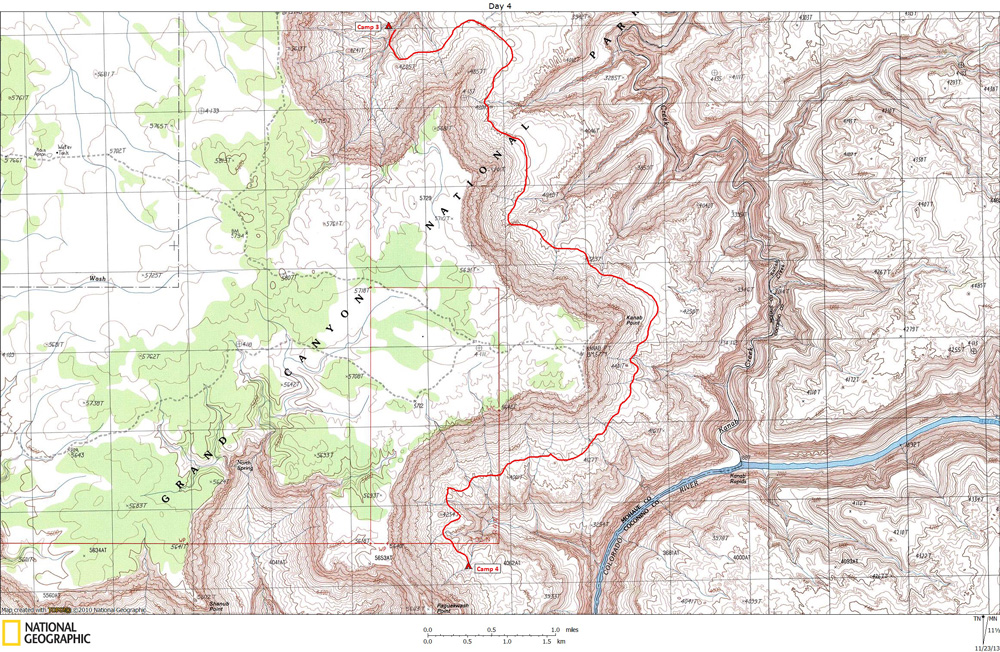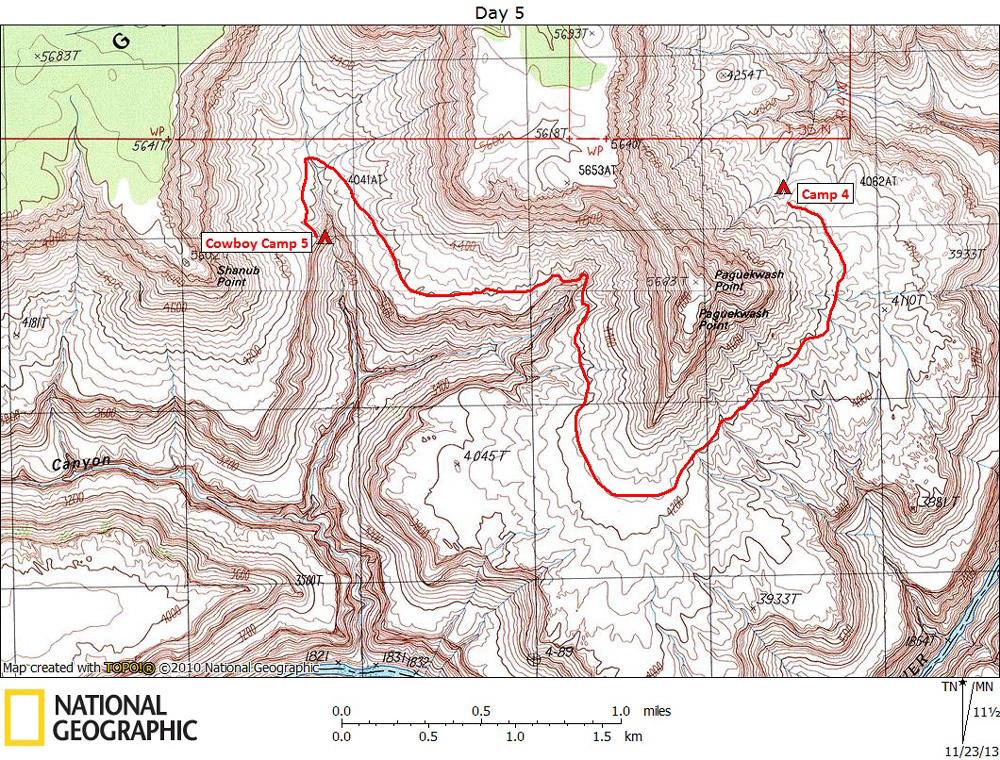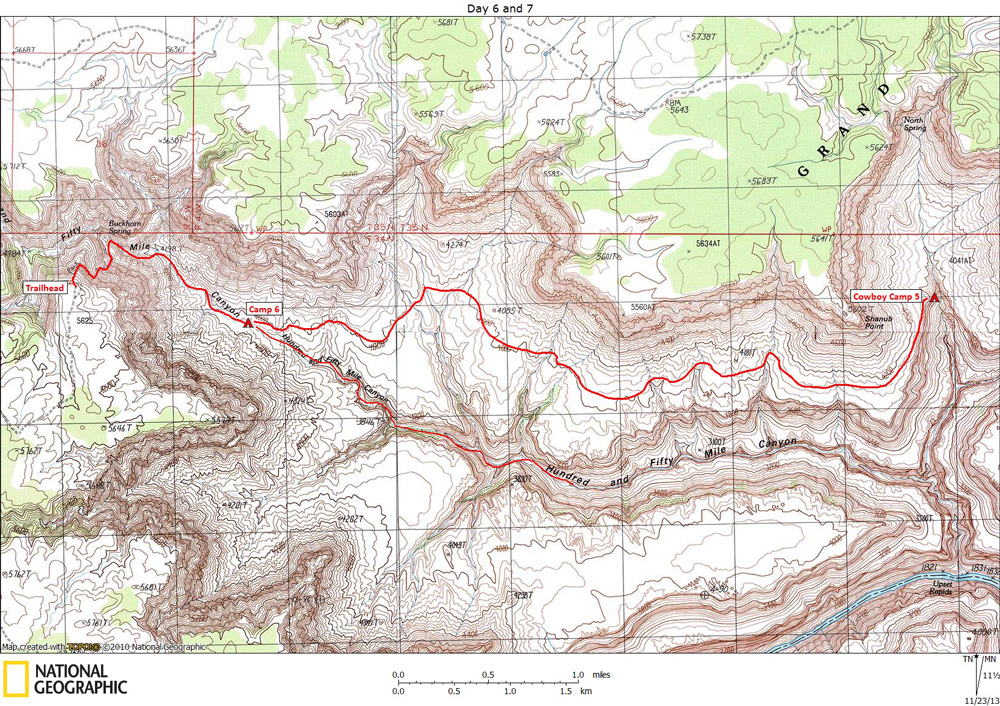|
Sowats to 150-Mile via Scotty's October 27 to November 2, 1998
|
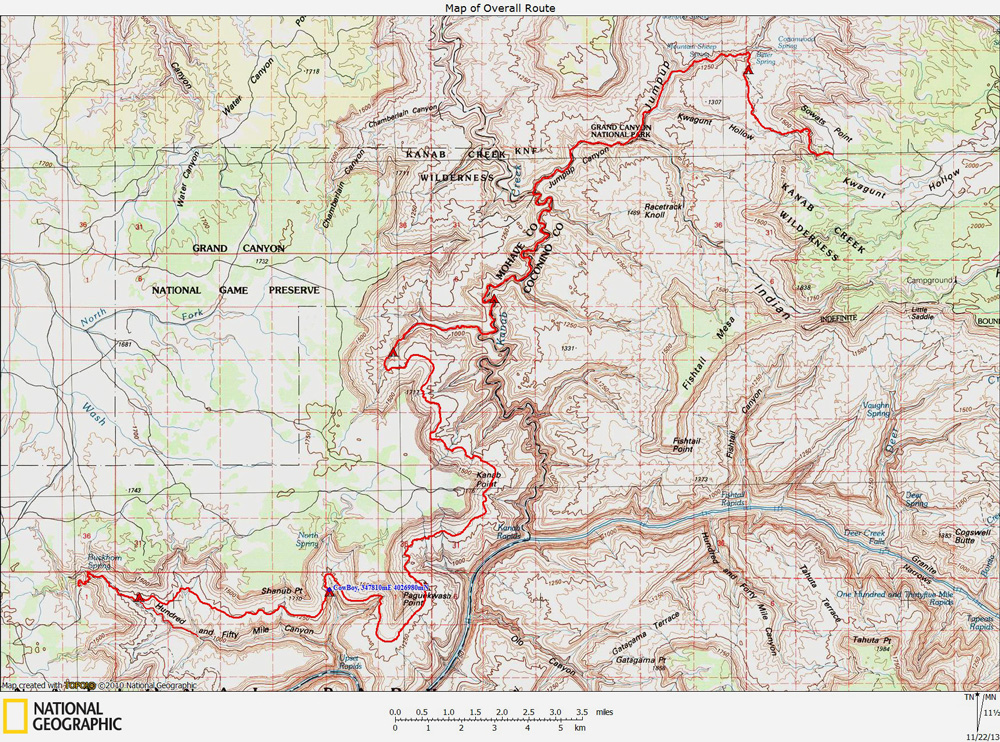 |
|
Preface: This backpacking trip started at Sowats Point, the beginning of the Jumpup-Nail Trail, and ended seven days later at the 150-Mile Canyon Trailhead. The above map shows our overall route. Much of this route is described by George Steck in Grand Canyon Loop Hikes II. There were seven of us on this trip. Unfortunately I can't locate any of the photos I took. |
| Day 1 - October 27: The following map shows our route on day 1. |
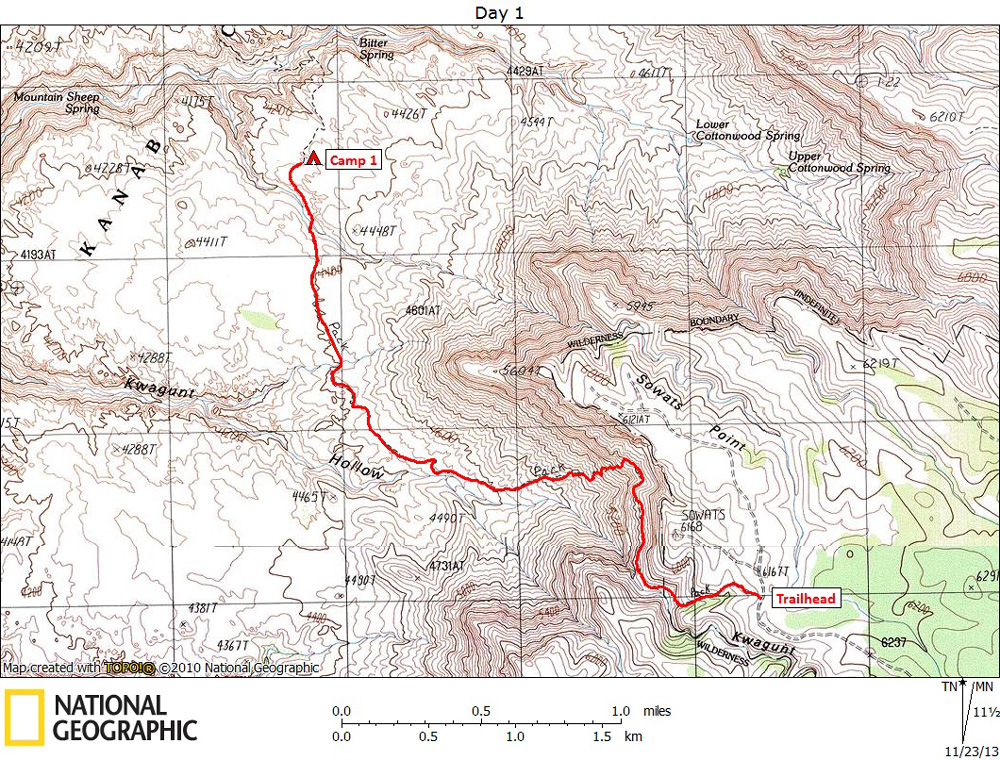 |
